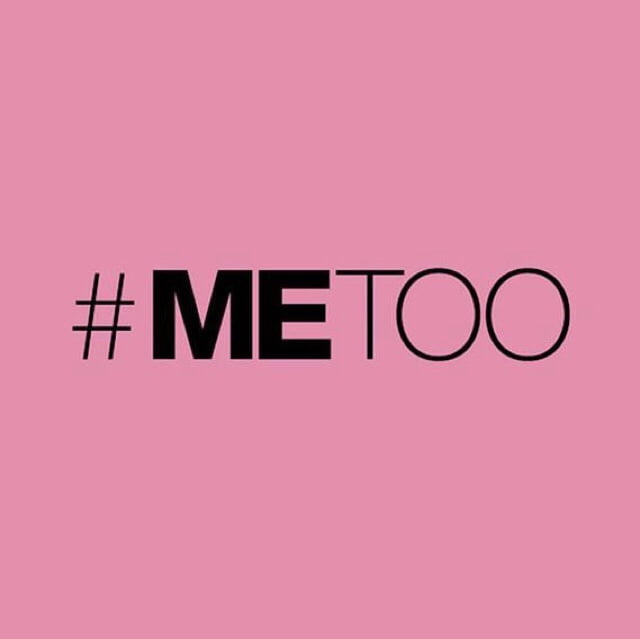A year following revelations in The New York Times about decades of allegations against movie producer Harvey Weinstein, the #MeToo movement has led to a significant change in the way media covers stories about sexual assault and harassment, a new report from the Women’s Media Center shows.
Overall, the number of articles on sexual assault is up over 30 percent at the end of the study, in August 2018, as compared with the first month the research looked at (before the revived momentum for #MeToo), May 2017. When articles about just #MeToo are added, the total coverage is up 52 percent, according to the report, Media and #MeToo, which was released today.
“The world has permanently changed,” said actor and Weinstein accuser Ashley Judd. “We are in a new era. It is messy, imperfect, and urgent.”
The study found that even stories beyond those about sexual abuse, assault, and harassment—beginning with the Times story in October 2017—have been amplified by the #MeToo movement. After October 2017, media began to more commonly write about issues that particularly pertain to women—such as reproductive health and the wage gap.
“We’ve come a long way since Anita Hill’s courageous testimony in 1991, and it is women who have led the way. It took the explosion of the #MeToo movement to shift and increase coverage of women, sexual assault, and harassment. There’s no going back,” said Maya Harris, co-chair, Women’s Media Center.
The Women’s Media Center research took a close look at the press coverage five months before and in the 10 months that followed the Weinstein revelations and the rise of #MeToo. The report looked at whose stories were covered, what outlets considered sexual assault and harassment important enough to report on, and whether or not the media industry—and American culture as a whole—has changed as a result of the movement.
“In an era in which women are insisting that their stories of sexualized violence be heard—and believed—the media has a critical role to play in helping shift our culture, by credibly presenting accusations, doing its own investigations, and explaining the context in which an alleged attack occurred,” said Lauren Wolfe, director of the WMC Women Under Siege Project and co-author of this report. “It is beyond time that the media treat women survivors with the respect they deserve.”
By breaking down how coverage of sexual assault in various arenas of American life waxed and waned (specifically, the report looked at the church (instances of clergy abuse within and beyond the Catholic Church), Hollywood, media, and politics), the Women’s Media Center was able to clarify which institutions took precedence in the press. By looking at the gender of bylines on sexual assault/#MeToo articles, it found a surprising shift in who is writing stories on sexual assault and harassment. Examining the words most used in headlines for stories on each institution the report focused on (and, separately, for Trump and Weinstein) gave the researchers an idea of how media framed these stories.
“This has been a year when the media and truth itself are under siege,” said Julie Burton, president of the Women’s Media Center. “With #MeToo exposing horrible individual and institutional practices, we see an opportunity for a new transparency and permanent changes aimed at greater equality and power for women.”
“Naming sexualized violence makes it visible and subject to prosecution,” said Gloria Steinem, co-founder of the Women’s Media Center. “In the past, what happened to men was political, but what happened to women was cultural. The first was public and could be changed, and the second was private, off limits, even sacred. By making clear that sexualized violence is political and public, it breaches that wall. It admits that sexualized violence can be changed.”
The Women’s Media Center Media and #MeToo research was produced by the Media Lab at the Women’s Media Center and conducted by Eliza Ennis, media analyst and data manager of the lab. Eliza Ennis is also the co-author of this report.
The Women’s Media Center analyzed the content of headlines, bylines, and articles on 15,228 pieces of news produced from May 1, 2017, through August 31, 2018. The survey consisted of 14 of the nation’s most widely circulated newspapers. They are: Chicago Sun-Times, Chicago Tribune, Los Angeles Times, Newsday (N.Y.), Tampa Bay Times, The Arizona Republic, The Columbus Dispatch, The Denver Post, The Houston Chronicle, The Mercury News (Calif.), The New York Times, The Seattle Times, The Washington Post, and USA Today.






